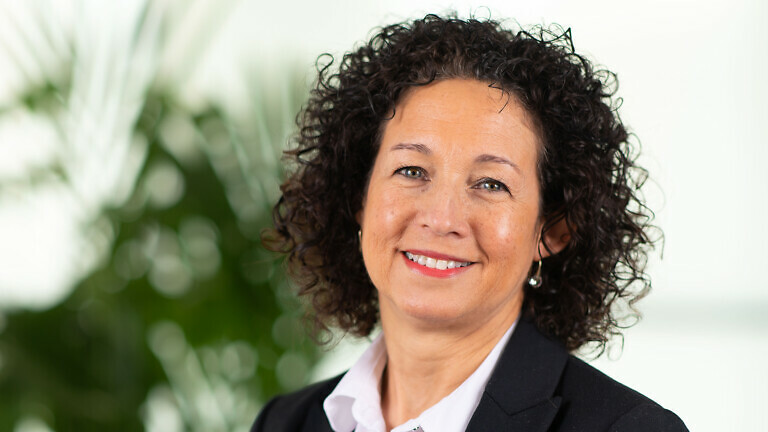Ric Thompson, senior vice-president of health and care at OneAdvanced, explains why technology partners must be in the room.
This September, GPs in England delivered a stark message: they have voted to re-enter dispute with the government over the changes due to take effect from 1 October, including a requirement to keep online consultation systems open throughout core hours. Their reasoning? The proposed “unlimited” online consultation requirement threatens patient safety, staff wellbeing, and the very fabric of primary care.
This is not a straw-man protest. It is the frontline’s insistence that policy must meet operational reality. The BMA’s own statement describes “confusion and anger” among GPs, who warn that opening the floodgates of unrestricted online access offers no guarantee of improved care, only the risk of urgent cases drowning in a sea of unmet demand.
If policymakers truly want to strengthen access while preserving safety, it is time to recognise that technology partners are not optional extras; instead, they must be central collaborators in whatever online access model emerges.
The stakes are high
The stated driver of this policy is laudable: reduce the 8am scramble, relieve pressure on phone lines, and broaden digital access. But the BMA’s concern is that unfiltered open access risks becoming a “needle in the haystack” challenge, where urgent patient need is masked by volume.
The concern is not hypothetical. The Health Services Safety Investigations Body (HSSIB) has already documented instances in which online GP consultations contributed to misdiagnoses, delays in escalation, or harm, particularly when symptoms were under-triaged or misunderstood. (For example, see cases where online submissions of pain, infection or cardiac symptoms were underestimated.)
The BMA’s central ask is therefore understandable – that the changes only be introduced once agreed safeguards are in place: functionality to distinguish urgent from nonurgent requests, plus safe overflow routing to telephone or walk-in services when online volume becomes overwhelming. In short, digital access is powerful and necessary, but dangerous when mis-designed or unmoderated.

Why the GP vote changes the framing
GPs who have rejected this component of the contract should not be treated as bureaucratic resistance. It is, in fact, a demand for a smarter, safer architecture. Their vote is a signal that the profession will not implement mandates without structural supports.
The October deadline should therefore be reframed: as a moment of transition, not mere compliance. Policymakers should consider phasing implementation based on demonstrable capability. Practices that deploy validated triage tools could be required first; others could follow when ready.
Integrated Care Boards and NHS England should also openly fund and coordinate the deployment of digital infrastructure rather than penalise practices that cannot absorb the changes unaided.
Creating powerful technology partnerships
It’s clear that embedding AI into online consultation systems can have a powerful impact. NHS-backed studies have shown AI triage tools can cut GP waiting times by as much as 73%, while national think tanks such as the Tony Blair Institute suggest that effective AI navigation could free up 29 million appointments annually and deliver productivity gains of around £340 million per year.
But not all digital triage is created equal. It’s therefore clear that technology providers should be treated not as retrofit vendors, but as core collaborators who deliver solutions to specific problems:
- Co-design from the start: Systems must be built with front-line clinicians, not for them. The triage engine should slot into practice workflows, whether in reception, clinical triage, or GP review.
- Clinical validation and audit: Any AI or algorithmic system must be safety-tested, continuously monitored, and performance must be disaggregated by demographic groups to detect bias or error.
- Explainability and transparency: Clinicians should see why an algorithm flagged or downgraded an input; the decision logic must be auditable and interpretable.
- Safe fallback and overflow: When load surges occur, tools must permit overflow to telephone or walk-in options. Practices must never be left stranded by a failed digital front door.
- Incremental rollout and feedback loops: Begin with pilots, collect real-world data, refine, then scale. Don’t force full rollout before hidden issues are surfaced and resolved.
- Ongoing support, adaptation and governance: These tools must evolve with feedback, changing clinical evidence, and user experience.
A vision for smarter digital access
The NHS Long Term Plan aims for better access, integrated care, and sustainable workloads. But mandating open access without designing for scale, safety, and variability undermines those goals.
The GP vote is not about rejecting digital access. It is a demand for smart, safe, practical access. The government’s October deadline should be a digital inflexion point, a chance to reset how access is delivered, not a race to compliance.
If we design access pathways that include robust triage, human oversight, safe fallback and strategic scaling, we can turn this tension into progress, rather than conflict. The tools exist. The evidence is emerging. The frontline is speaking. What remains is collective will.



